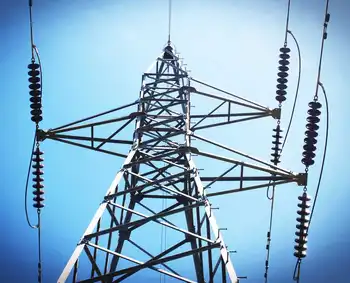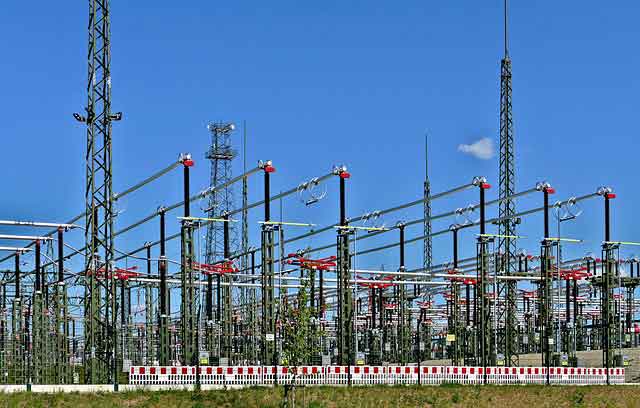Distributed Energy Systems and Canada's Energy Future
By GLOBE NET
Substation Relay Protection Training
Our customized live online or in‑person group training can be delivered to your staff at your location.

- Live Online
- 12 hours Instructor-led
- Group Training Available
This grid was not designed to meet the needs of the growing demands of a digital society or the increased use of renewable power production.
Consumers however are increasingly demanding low cost and more reliable and cleaner electricity. As a result, renewable energy sources are becoming a more critical component of Canada's energy mix.
These renewable and cleaner energy technologies involve much smaller scales of production than the traditional large hydro, nuclear or thermal power plant. The approach that employs small-scale technologies to produce electricity close to the end users of power is referred to as Distributed Generation DG.
But the question remains, how can these smaller scale energy sources fit within the larger traditional electrical systems and what are the advantages and disadvantages of each approach?
Distributed Generation power often utilizes renewable energy technologies including run-of-river, tidal current, windmills and various biomass-generating technologies.
Natural gas powered generators could also be used in a Distributed Generation capacity. As opposed to the traditional grid where electricity is carried long distances to the end user, Distributed Generation offers a number of tangible advantages over the traditional grid.
Distributed Generators often provide lower-cost electricity and greater reliability and security with a lower environmental footprint than traditional power generators.
Central power plants, while historically producing relatively cheap electricity based on coal-fired thermal plants, nuclear or large-scale hydroelectric dams have the distinct disadvantage of lengthy transmission lines, heavier carbon footprints especially for coal fired systems, and higher security risks.
These disadvantages can be mitigated through employing smaller modular generating facilities such as solar panels that are very near to the end users.
Furthermore, the end user is able to sell back to the grid unused electricity, whereas, a considerable amount of power is lost in the transmission and distribution for traditional systems.
According to the International Energy Agency, "broad deployment of Distributed Generation could result in cost savings of nearly 30 of total electricity costs by mitigating transmission and distribution losses and displacing expensive infrastructure"
In many regions of Canada large, centralized power plants in addition to greenhouse gases emit significant industrial emissions including, sulfur oxides, particulate matter and nitrogen oxides. Greater use of Distributed Generation technologies can substantially reduce both greenhouse gas and industrial emissions.











